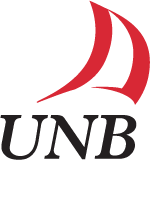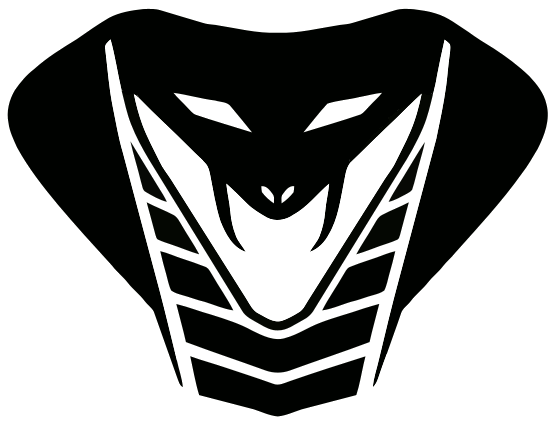Sajad Saeedi G.
PhD Candidate
Email: sajad.saeedi.g_at_gmail.com
Research Interests:
Sajad Saeedi considers himself very blessed with the opportunities he has. The Iranian PhD candidate at the University of New Brunswick has been working with COBRA (COllobaration Based Robotics and Automation), a robotics research group, since 2009. "I'm happy that I have the chance to study in Canada," Saeedi says. "It's a really good country with good people; everyone is friendly. And, most importantly, COBRA at UNB is the best thing that I could imagine could happen to someone." COBRA is researching the development of unmanned air, ground, and underwater vehicles. Saeedi, true to his quiet demeanor, is the man behind the scenes - he's working on the mapping of the robots, a vital part to how the robot functions. Saeedi uses the program SLAM, or simultaneous localization and mapping for his research. He says that this mapping program will help the robots achieve complete autonomy. "Robots should be able to navigate by themselves, find targets, and localize them," he explains. "All of this relates to the perception of the robot from the environment. Lining up SLAM with robots is a basic part of robotic applications - it's the brain of the robot. Without having SLAM, it's really difficult to have successful missions." Saeedi has an extensive background in engineering to prepare him for his work with SLAM and COBRA. He received his undergraduate degree in electronics from K.N. Toosi University of Technology and his Master's in controls from Tarbiat Modares University, both in Iran. He finds the work that he is doing now at UNB to be rewarding. "It's challenging," he says. "It's really challenging and it requires a solid background in mathematics and almost all the time, there is a problem to solve." SLAM also enables robots to work together in groups, which can be very helpful in all sorts of situations, such as rescue missions. Saeedi praises the robots for not only being more environmentally friendly but being able to work efficiently. "Applications like marine oil spill removal, target tracking, underwater and space exploration, and mine detection are some examples of different applications that can be done with a team of robots autonomously and with more reliability," he explains. "They can do it easily and faster, and if there's anything wrong with any of the robots, the whole mission is not halted and they can continue. The most important advantage of the cooperative robot operations is that human lives are less in jeopardy." For Saeedi, the opportunities at COBRA are endless and he's thrilled to be part of the team. "COBRA has lots of toys," he says. "They are working on underwater robots, flying robots, and ground robots, so I have the options to work on lots of different robots. This is an interesting feature of COBRA." Saeedi is also grateful to Dr. Howard Li, the leader of the group. "Dr. Li is very motivated, which is another advantage to the group," he says. "He helps students a lot and he encourages us to work and have things done." Although a lot of people are still unsure about how robots will affect the world, Saeedi is certain that, through SLAM, robots will have a positive impact. "Basically, SLAM gives the perception to robots to know what the world looks like and to know what point of the world the robot is at," he says. "Mapping the environment of robots on rescue missions, for example, will enable missions to be done faster and better."
Projects Photographs:




